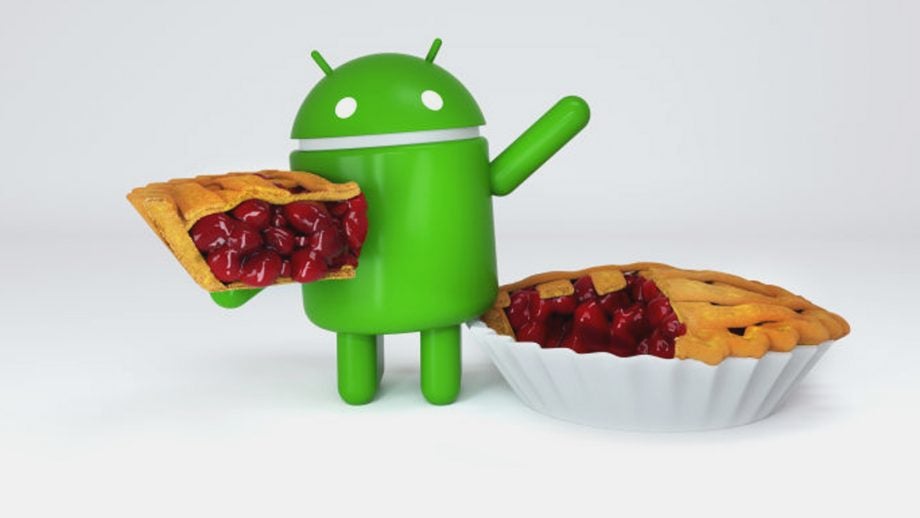Why Android updates take ages to reach non-Google phones, according to Sony

It’s a well-established perk of Google Pixel handsets that if you buy one, you’ll be first in the queue for the latest version of Android. For everyone else, it’s a question of how many days, weeks and months it’ll be before it lands on your phone.
If you’ve ever wondered why, Sony has an explanation for you – and the company has put it in the form of an infographic, rather than a wall of text.
Related: Best Android phones
It’s all pretty obvious stuff if you stop to think about it. Because Sony (and everyone else) doesn’t use the same hardware, the company first has to build its own hardware abstraction layer (HAL). Once that’s done, the company tackles the things that make a phone a phone: ensuring it can make calls, send/receive messages and sustain an internet connection.
After that comes what Sony calls the Sony-fication – which means modifying all the custom Sony software that’s on the system. Your feelings about Sony’s own custom Xperia software will dictate your feelings about this particular delay.
After that comes internal testing for Sony staff alongside a little external experimentation. The company says by this point it “will be working well for daily use but with functionality missing.”
Once things are behaving, it’s time for certification and approval. “This crucial period is about ensuring everything meets tech standards like Bluetooth and WiFi,” Sony explains.
Once that’s done, you’d think we’d be ready for launch. You’d be wrong. First, the network operators like EE, Three, O2 and Vodafone need to get their hands on the software, in case they need custom versions. Then, and only then, will the software start downloading to everyones’ phone.
Which is why, unless you bought a Google Pixel 2 last year, you’ll likely be waiting a few months for Android Pie yet. In the case of Sony, the Sony Xperia XZ2 and Sony Xperia XZ1 series will get it from November alongside the Sony Xperia XZ Premium, but XA2 series owners will be waiting until early 2019.
Related: Best smartphone
Although reading the infographic in full makes third-party phone manufacturer’s tardy release schedule a bit more understandable, it does inadvertently make the case for a purer form of Android without manufacturers’ largely unwelcome bells and whistles.
Speed of updates and guaranteed support (the lack of Sony Xperia XZ and Sony Xperia XA1 in the timetable is alarming) makes the case of going Google – or at least Android One – better than 100 adverts ever could.
Is getting a new version of Android quickly important to you? Let us know on Twitter @TrustedReviews.


